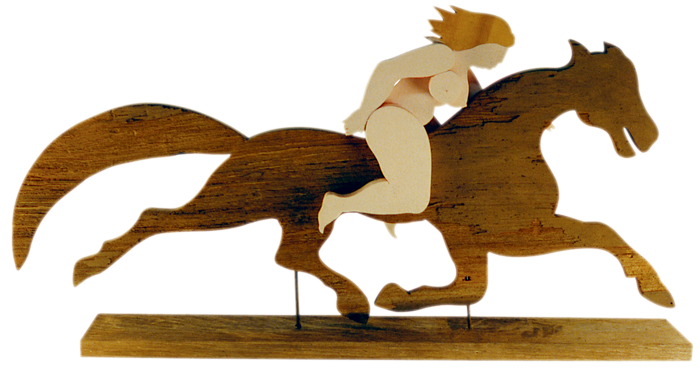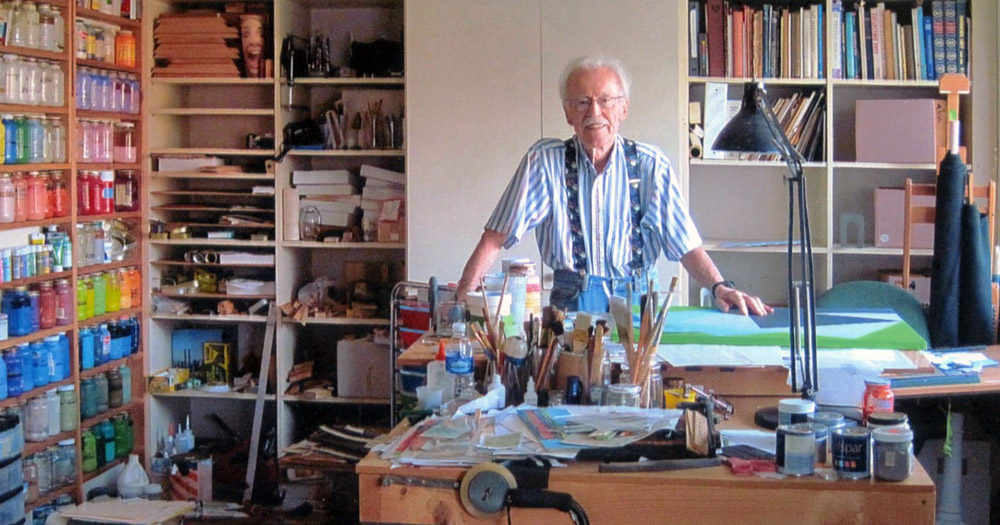
Richard Hora in his Sarasota, FL studio, 2018
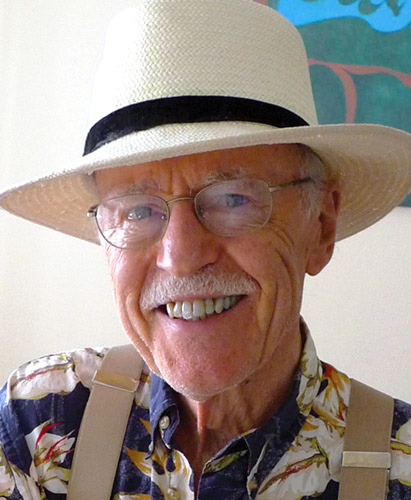
Richard Hora, a consummate designer and prolific artist, passed away on Saturday, April 2nd, four days after his 103rd birthday. He died peacefully of natural causes in his Sarasota, Florida home/studio, surrounded by his artwork and family members. A shy, but gregarious and handsome man, Richard touched many lives with his humor, charm, and ability to connect with people wherever he went.
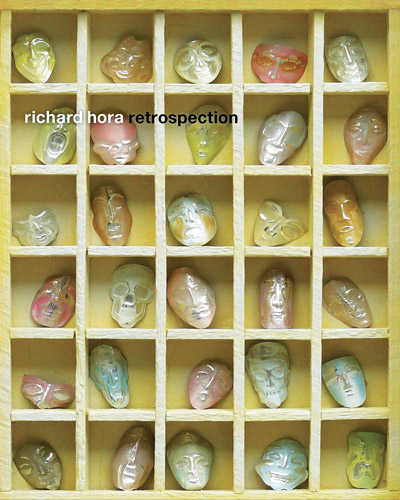
A Modernist
With eclectic taste, boundless imagination, and an insatiable appetite for trying new things, Richard’s eight decade journey in the visual arts took many creative turns—from illustration, calligraphy, and photography, to painting, sculpture, ceramics, packaging, interior, graphic and industrial design, as well as architecture.
His work ranged from representational to abstract, whimsical to politically and culturally incisive. He gave away many pieces of art and was not motivated by money. Richard’s work frequently reflected his disdain for greed and the damage to the environment by humanity. Over the span of 85 years, Richard Hora produced more than 1,000 works of art, including drawings, paintings, crafts, sculptures, collages, silkscreens, repoussé, clayworks, lamps, and furniture. Having participated in many one-man and group gallery shows over the decades, his works reside in numerous private and public collections.
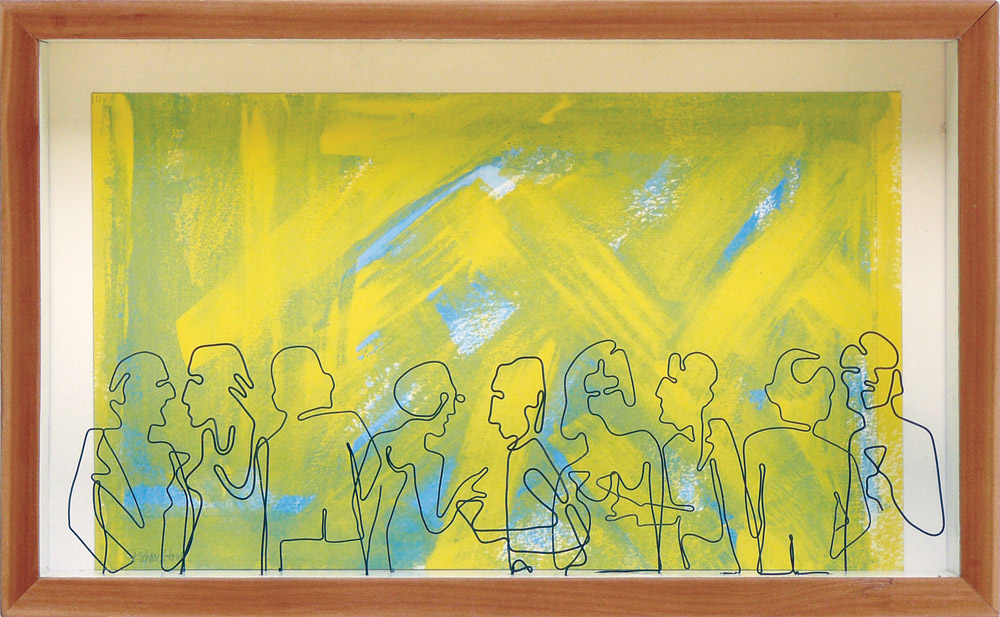
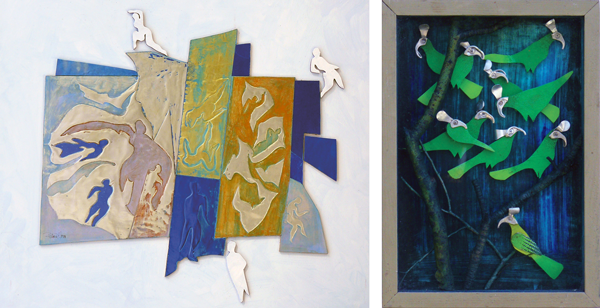
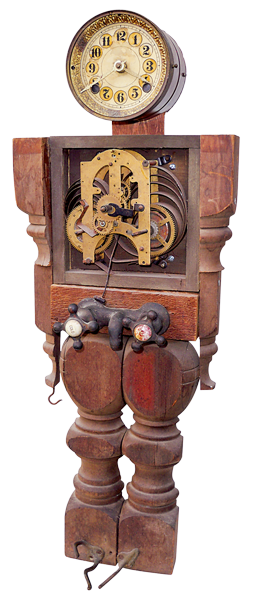
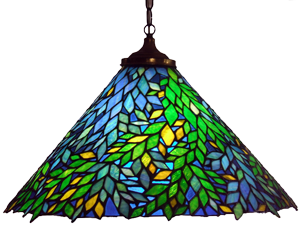
Multi-Media Savvy
If there was a common denominator to Richard’s talents, it is that he finessed multi-media with unusually savvy hand-to-eye coordination and a sharp wit. Practically any type of raw material was inventively transformed into a unique object of beauty, whether ink, acrylic paint, paper, fabric, canvas, plaster, glass, metal, wood, clay, or found objects (‘Groom,’ right).
Perpetually fascinated by the challenge of creative possibility, he would design houses and build them, assemble a kiln and fire ceramics, craft elaborate stained-glass lampshades (above), or construct a dreadnought acoustic guitar from scratch—just to see how it was done. Professionally, he designed packaging, typography, tableware, showrooms, and office furniture.
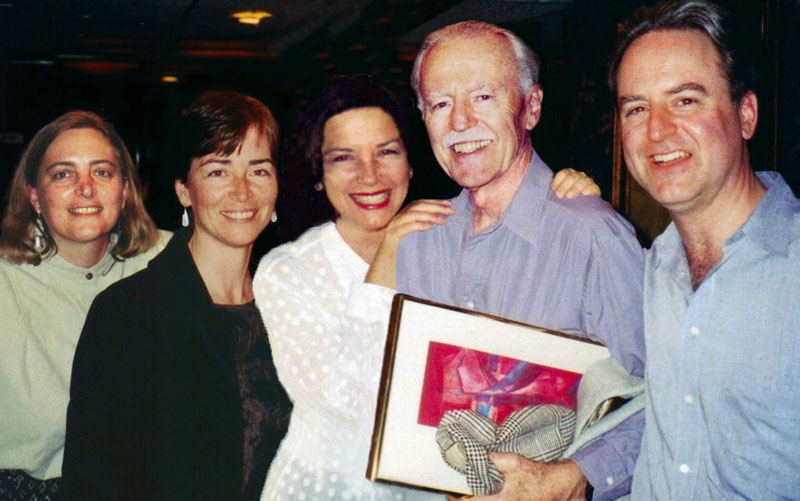
Joie de Vivre
Richard is survived by his four loving children, Frances Hora Barnes of Riverview, FL; Dee Zobel, of Honolulu, HI; Jil Hollinger, of Missoula, MT; Mies Hora, of Stony Point, NY; and five grandchildren. Reveling in his century of unprecedented change during the darkest and the best of times in America, he witnessed horse-drawn wagons in the cobblestone streets of Manhattan, Depression-era privations, war-torn Europe, baby-booms, and political upheaval. He utilized Photoshop on his Apple computer to devise fresh painting ideas right up to the very end. Through it all, he never lost his joie de vivre, drive, and enthusiasm for the infinite possibilities afforded by his extraordinary and finely-tuned creative instincts.
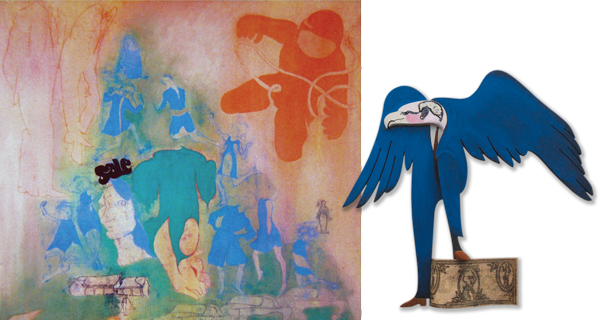
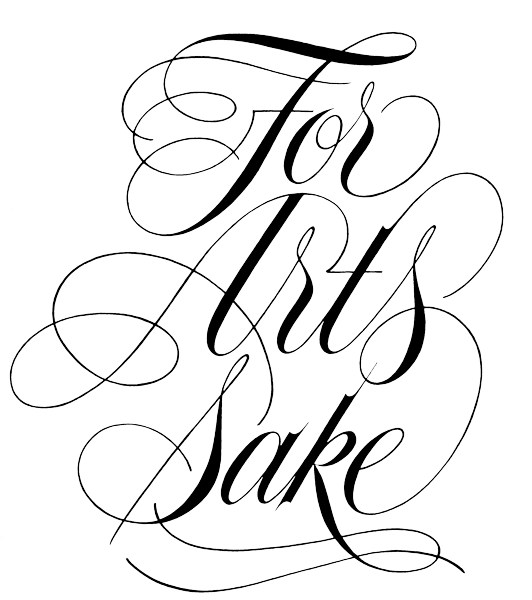
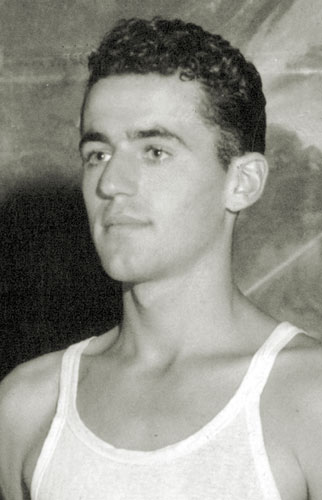
Upper East Side Beginnings
Born just after the First World War, on March 29, 1919, to Czech immigrants, Richard Frank Hora grew up in the streets of Yorkville, a Bohemian enclave on Manhattan’s Upper East Side. Notably, his mother, Kristina, was a seamstress, and creative with her hands. The breadwinner of the family, she supported her husband, Frank Hora, and their son, “Ritchie,” through the Depression, nimbly plying her trade as a furrier. Frank held down various jobs such as assembling and finishing piano cabinets. Richard excelled in school as a gymnast and was induced to study violin. Despite his traditional European upbringing and little apparent support for his latent interest in the visual arts, Richard ‘followed his bliss’ and eventually found his way to the Pratt Institute, NYC, studying illustration and ‘commercial art’ between 1937-1941. His Old World parents never learned much English, and never truly understood how or what he did to make a living in “art.” But prosper he did.
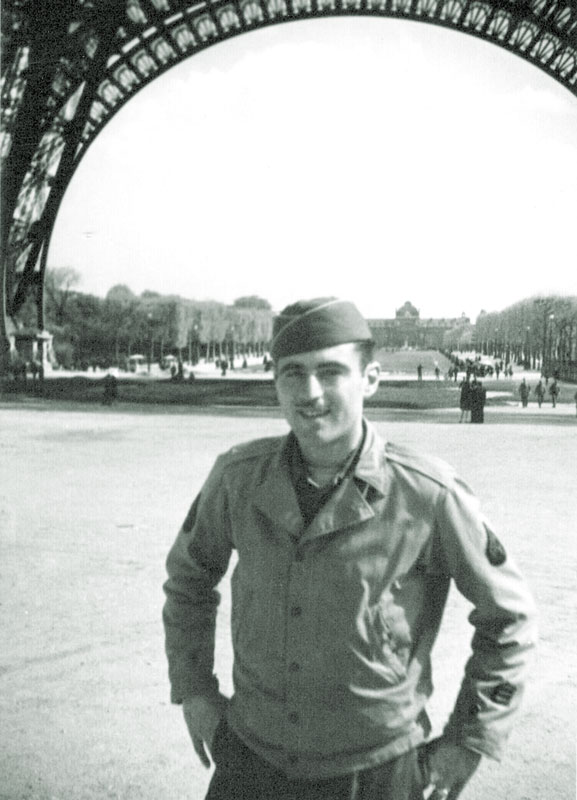
Teaching Troops to “Disappear”
At the end of that period, on a whim, he took an elective evening course in the art of camouflage being offered by a professor at Parsons School of Design. In retrospect, it probably saved his life. In 1942, upon his conscription in the U.S. Army and after basic training, he was selected for service as a “camoufleur,” proceeding as a corporal ‘tech’ to the Washington D.C. area for more training in that discipline. The artist camouflage officers’ mandate was to obscure troops, vehicles, and matériel to deceive the enemy with paint, nets, fabrics, foliage, patterns, and shadows, rendering them invisible. This type of activity was destined to keep him behind the front lines, in a troop support capacity. He traversed Great Britain teaching soldiers on the eve of the Normandy Invasion how to “disappear.” At age 25, Sergeant Hora boarded an LCM (Landing Craft, Mechanized) and landed on Omaha Beach on D-Day +17, June 23rd, 1944. Skirting the first brutal months of warfare in the Normandy area, his unit made its way south of Paris, tasked with the perilous work of helping to identify and clear demolitions and booby traps from former Nazi quarters. Eventually they were stationed to the east of Paris, in Epernay, near Reims, in the Champagne region, narrowly avoiding the raging Battle of the Bulge nearby.
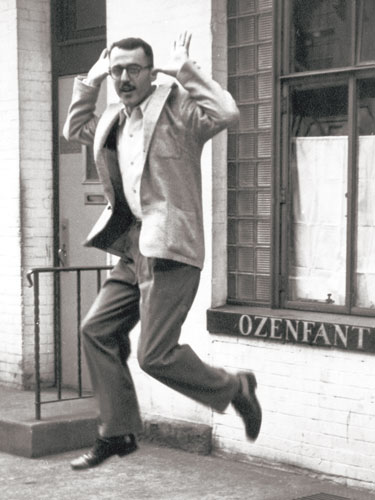
A City Where It Was All Happening
Returning stateside in December 1945 on the troopship Queen Mary, Richard explained, “Being a New Yorker was a distinct advantage since this was a city where it was all happening. When World War II came, I had exposure to the art treasures of Europe and upon returning to New York to resume my career, I began taking increasing periods of time to paint and study art. Under the G.I. Bill (while also continuing free-lance commercial design), I spent one and a half years at the French painter Amédée Ozenfant’s school and six months with Hans Hoffman (having already done an evening course with Stuart Davis, whose work I much admired).”
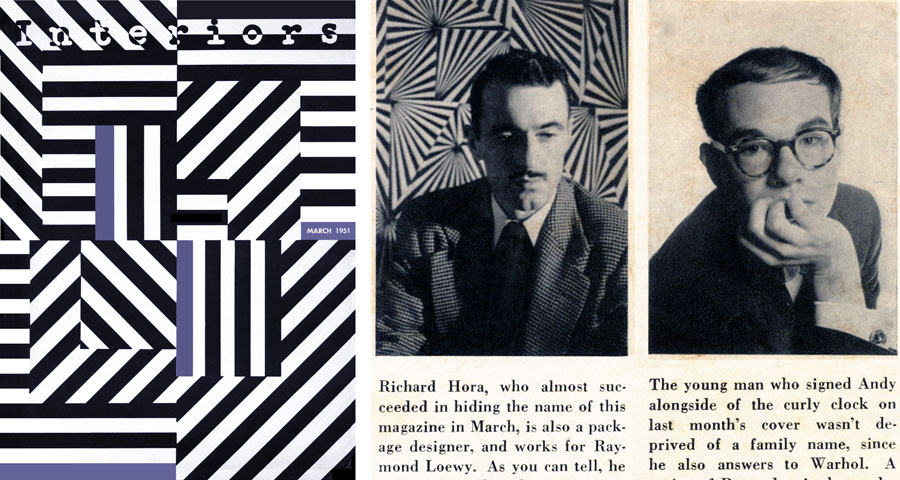
He had met his future wife Helena K. Trum, a fellow Czech and Pratt Interior and Industrial Design grad, years earlier as a teen during leisure family trips to Rockland Lake, New York, an immigrant settlement formed around the historic Knickerbocker Ice Company. Her relatives had harvested ice off the lake and she grew up in a house perched on the hillside above massive ice storage houses. In 1948, they married and began living in Helena’s one room apartment on East 64th Street while he began free-lancing around town. They greeted the first of four children in late 1949, moving to Astoria, Queens, to be near his parents.
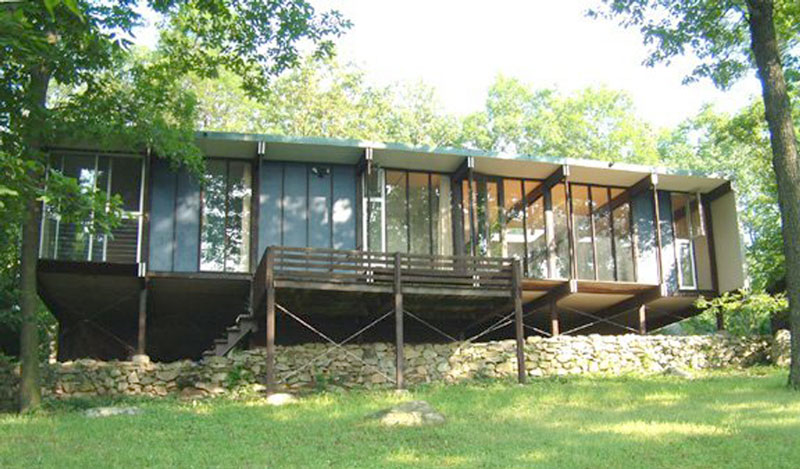
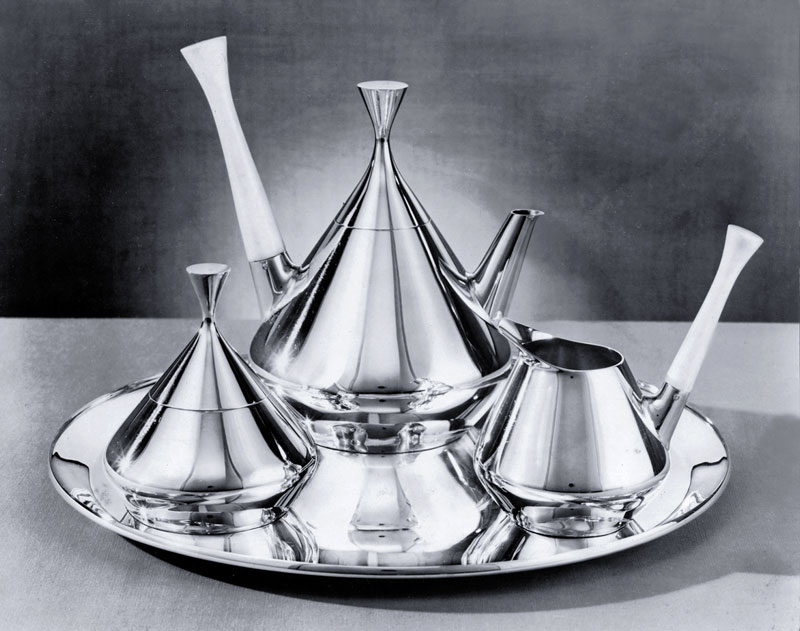
Charles & Ray Eames-like Existence
Richard’s life was quite full during his heyday of the 1950s to 70s. Successful enough to take extended leaves from working in the city, Richard bought some wooded land, then designed and built first a modest unheated summer cottage, then two successive mid-Century Modern family homes in Rockland County, one in 1954, followed by another in 1959. He never obtained an architect’s license, but was a quick study. Helena, sharing his infectious enthusiasm, aided and abetted (he’d say, “went along with the gag”) his immersion of the Hora family into a Charles and Ray Eames-like existence, a ‘D-I-Y’ delight in form, function, space, color, and light. When a larger family home was needed, he gleefully designed and built the second one on a Stony Point mountainside with a commanding view of the Hudson River (above). Derived from concepts developed by architectural icon Mies van der Rohe, it was outfitted with his and Helena’s elegant self-created drapes, lamps, furniture, and artwork. The home is still in the family.
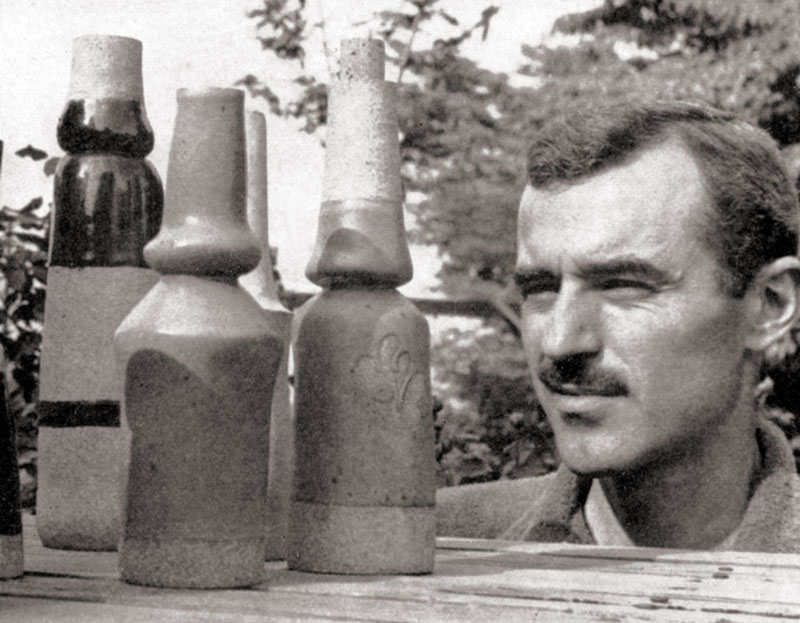
Taking sabbaticals from the famed Raymond Loewy industrial design firm, Richard, a crack carpenter, assisted experimental architect Paul Williams, an alumnus of Black Mountain College, in building unusual homes at a pioneering post-war artist’s colony north of New York City in Stony Point, NY. There, he befriended choreographer Merce Cunningham and his partner, the composer John Cage, whose country retreat he helped construct. The Horas enjoyed accompanying Cage gathering edible mushrooms in the moist hills of nearby Harriman State Park. Cage’s buddy, Jasper Johns, resided a mile away. Richard soaked up lessons with master ceramicist, Karen Karnes, eventually firing pots in his own kiln. He struck up acquaintances with neighbors like CBS Design Director William ‘Bill’ Golden and his wife Cipe Pineles, and David E. Scherman, an accomplished photographer and book editor at Life magazine—often sharing a lift with them into New York City.
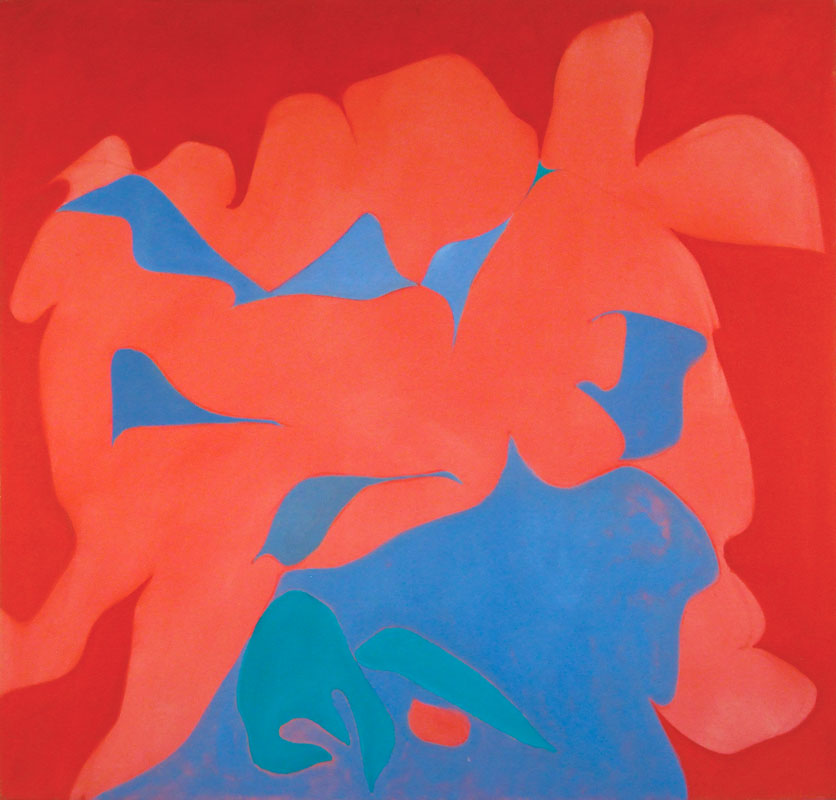
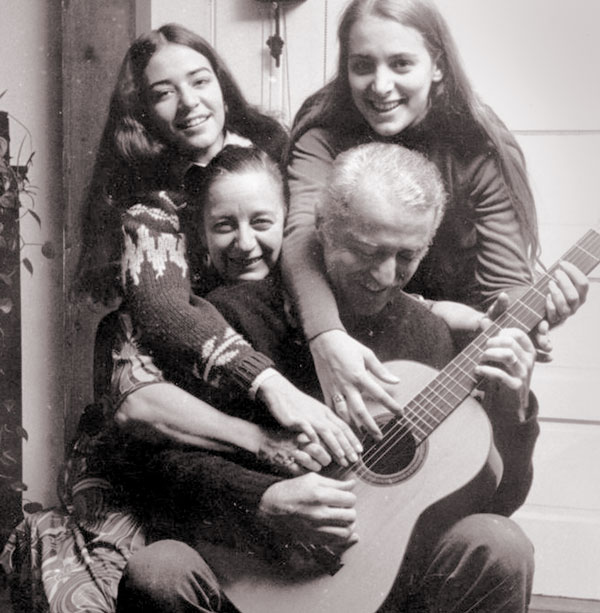
Swan Lake
By 1963, the Hora family had moved further south to a quiet lake property in Congers, NY, which allowed for a shorter daily work commute to the city, offered better schools, and was an ideal sanctuary for raising kids. Swimming, sailboating, fishing, and ice-skating ensued. There, Richard set up an ample two-car garage building as his design and painting studio with large racks to hold his growing output, along with shop tools for his creations. During this period, he taught Advanced Design and Painting at Rockland Community College, in Suffern, NY, and later, similar classes in Sarasota, FL.
His musical tastes were as diverse as his skill set. He delighted in bringing home used vinyl of whatever struck his fancy that week from a record store near his office in town. He listened to everything from the avante-garde, John Cage, Morton Subotnick, and Philip Glass; to folk and rock artists like Pete Seeger, Baez, Dylan, Led Zeppelin, and the Beatles. Dabbling in guitar himself, Richard enjoyed masters like Segovia and Manitas de Plata, as well as his favorite record store discovery—a young Leo Kotke.
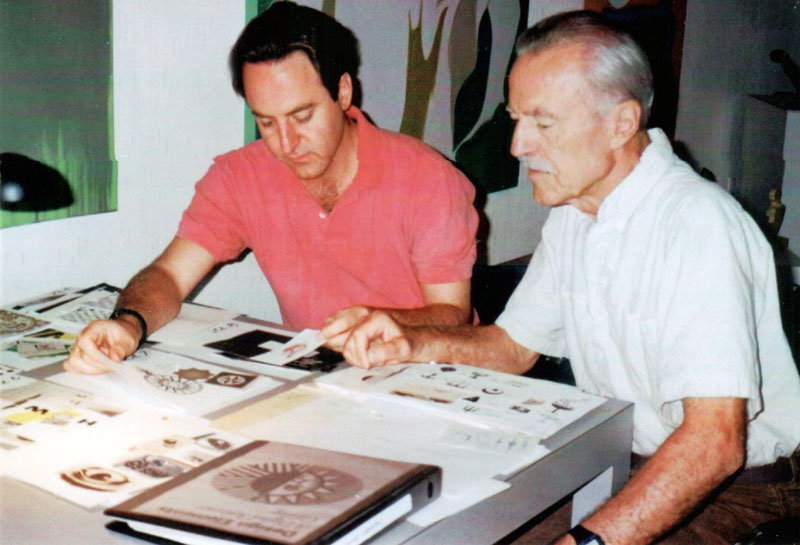

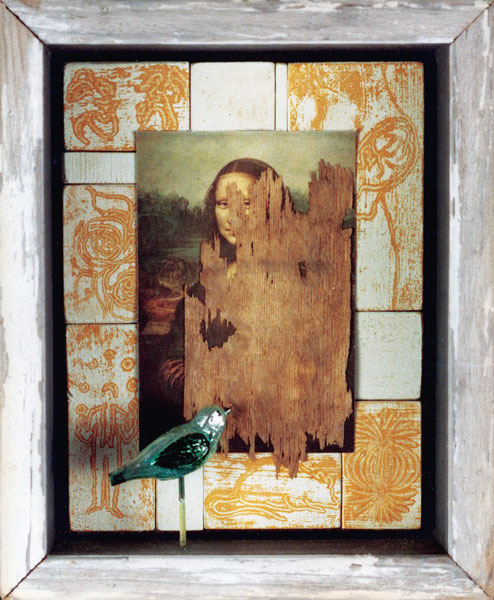
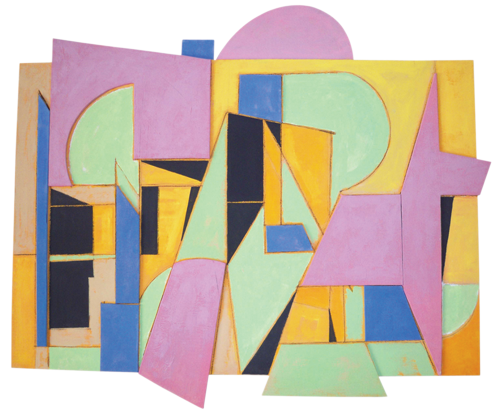
In the early 80s, his son Mies, a NYC graphic designer, suggested that together, they transform Richard’s deep cabinets of accumulated visual ‘scratch’ resource files into a series of reference books for design professionals titled Design Elements 1, 2, 3, and 4. The best-selling trade books were later digitized by Mies’ firm, Ultimate Symbol, and the vast collection of images still sells to this day. Retiring early, Richard turned to painting full-time, moving to Sarasota with Helena in 1986 to continue following his passion for making art.
In 2010, Frances, Mies, and Richard co-authored a visual biography of Richard’s lifetime of creativity in a book titled Retrospection, published by Ultimate Symbol. In the book he states, “Often, in my work, I poke fun at the world and events but remain very serious about it, and I continue to strive for as much quality and creativity as I can muster. Much time has been spent studying, experimenting, in preparation. However, it must be said that much of the effort actually comes down to a sort of self-indulgence. Art is simply more enjoyable to pursue than anything else I can imagine doing!”
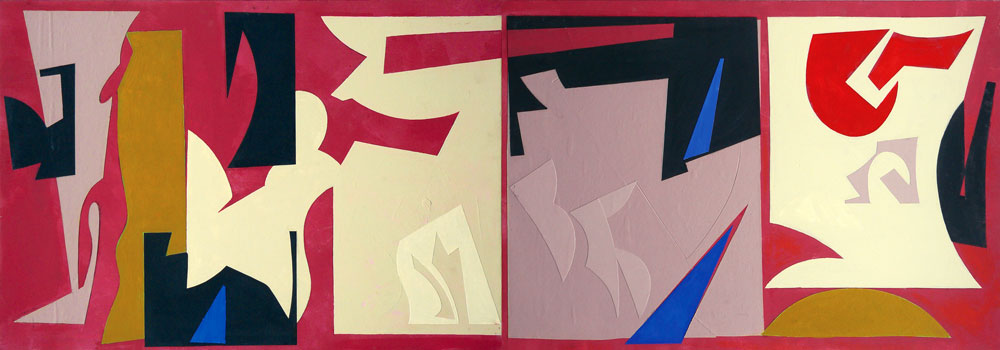
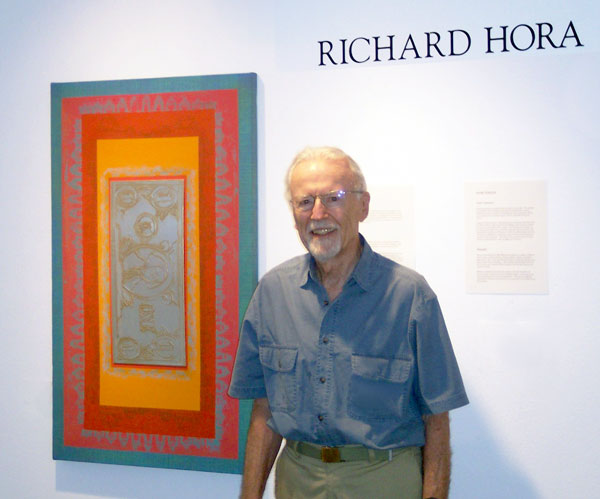
We celebrate you Richard!
With profound respect, gratitude, and love,
Mies & The Hora Clan: Frances, Dee, Jil, Jackie, Hudson, Leni, Karen, Mark, Holly, Chris, Brooks, Bayard & Greg.
April 13, 2022, Stony Point, NY
